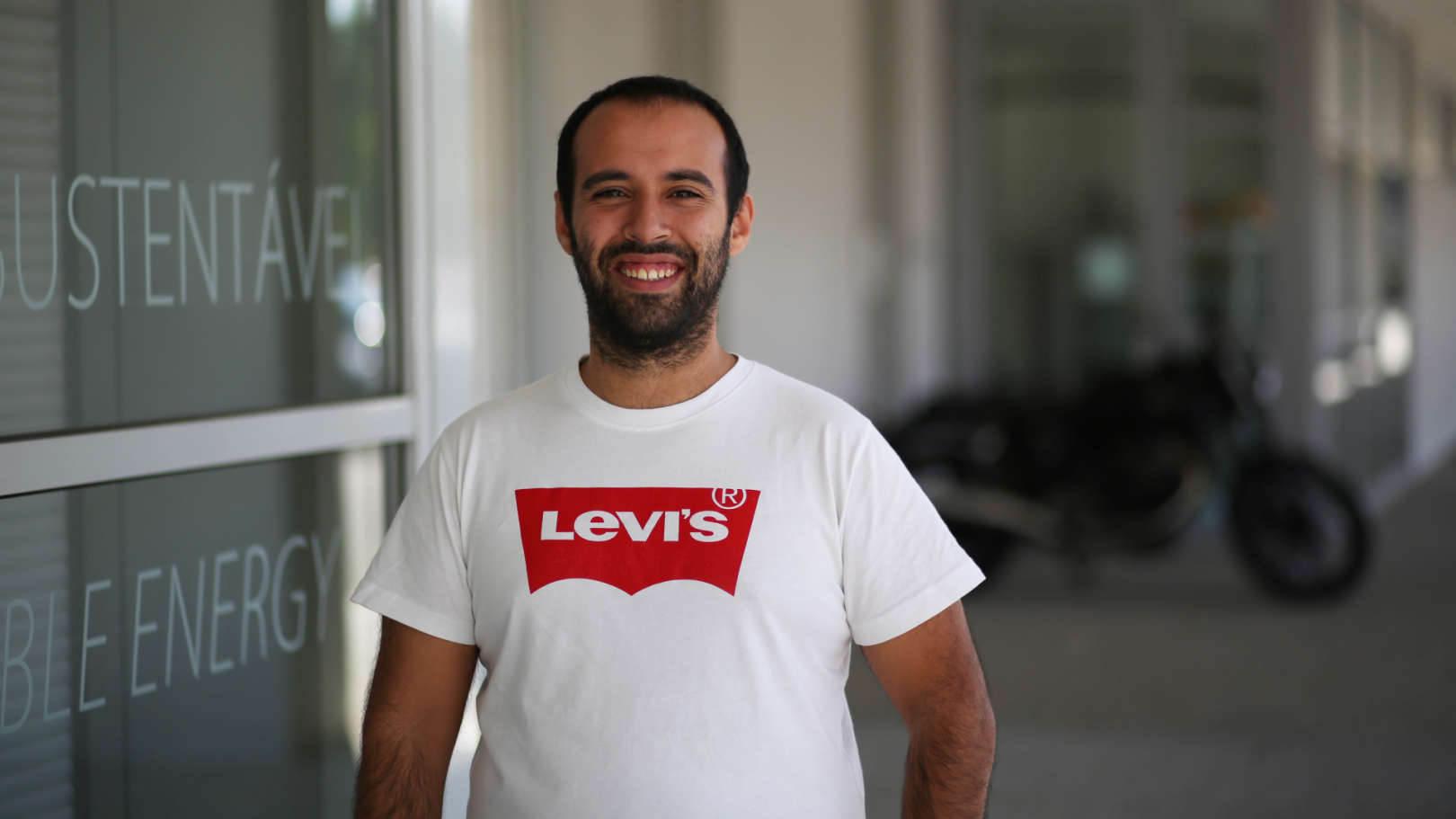About
I am a researcher at the Centre for Robotics and Autonomous Systems (CRAS) at INESC TEC, holding a Ph.D. in Electrical and Computer Engineering from the Faculty of Engineering, University of Porto (FEUP). My expertise lies in Unmanned Surface Vehicles (USVs) for autonomous inspections in challenging scenarios using multi-domain data. Currently, I contribute to R&D projects focused on inspection methodologies for the O&M of offshore renewable energy plants. My research interests include robotics, 3D multi-domain environmental reconstructions, distributed perception, and collision avoidance in maritime robotics. For more information, check my CV in: https://cienciavitae.pt/portal/en/661B-6DD9-0B87.


